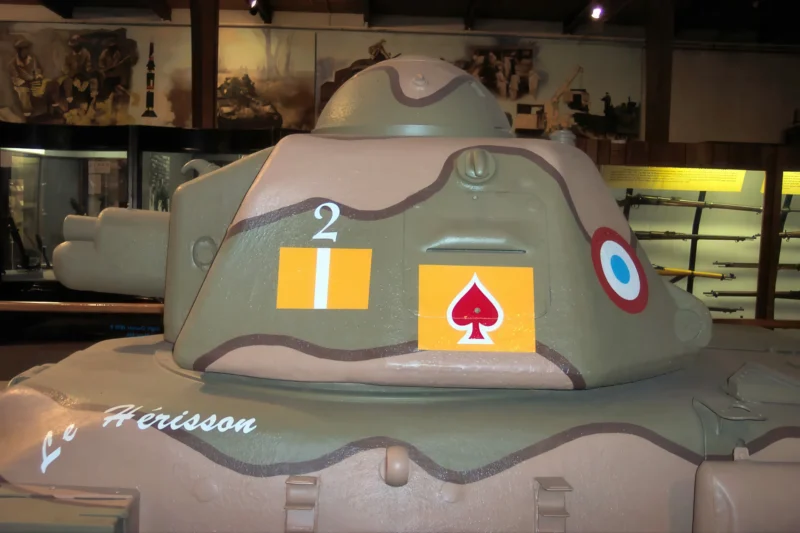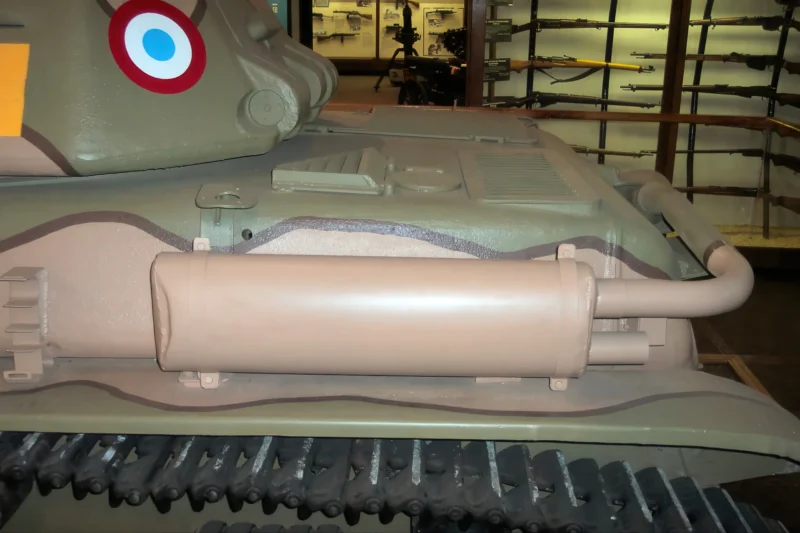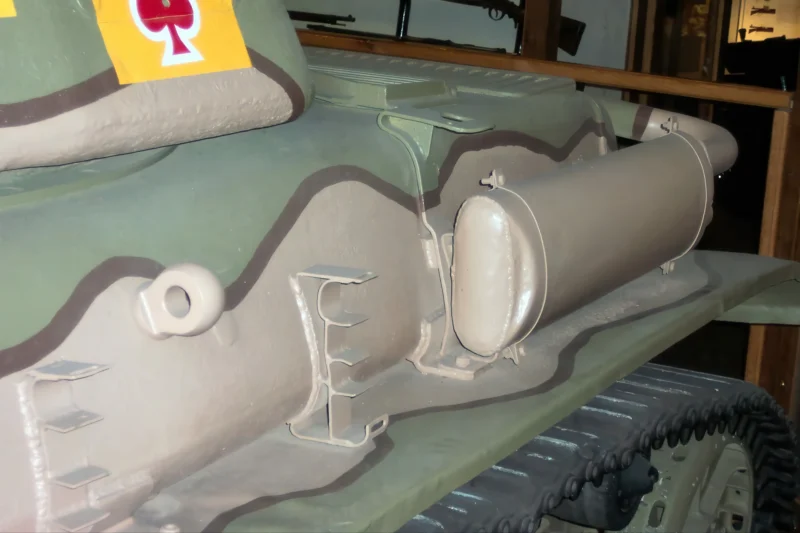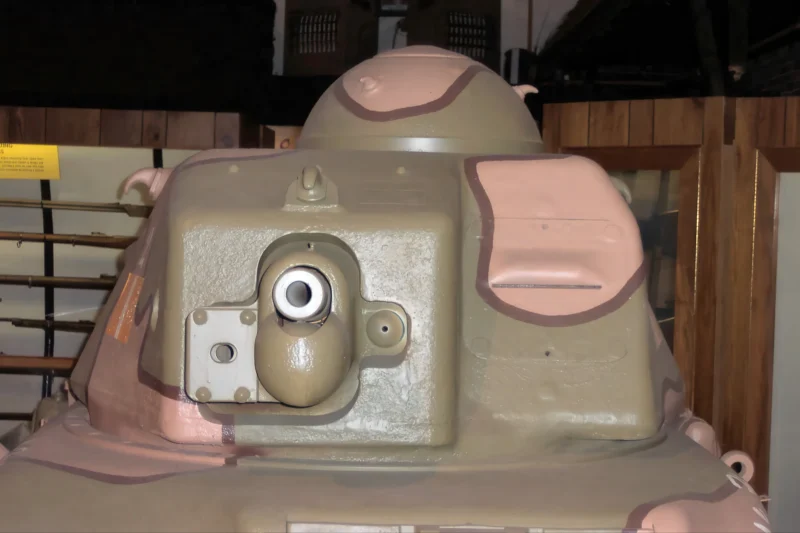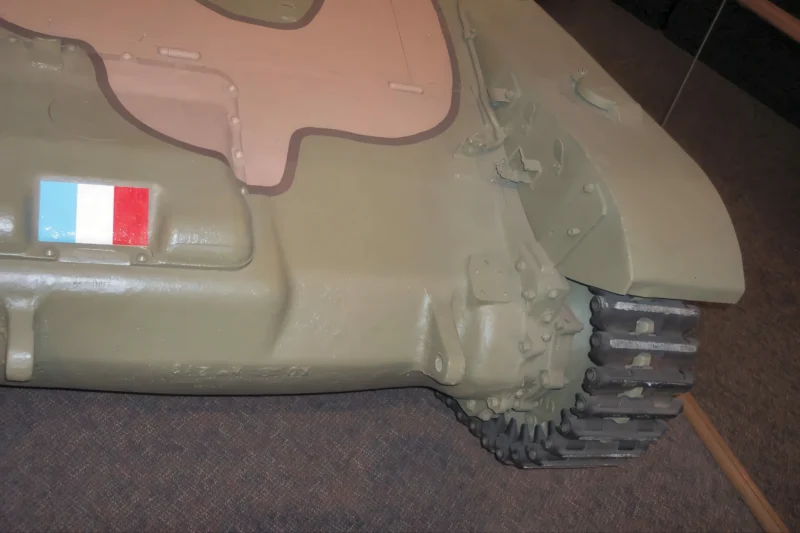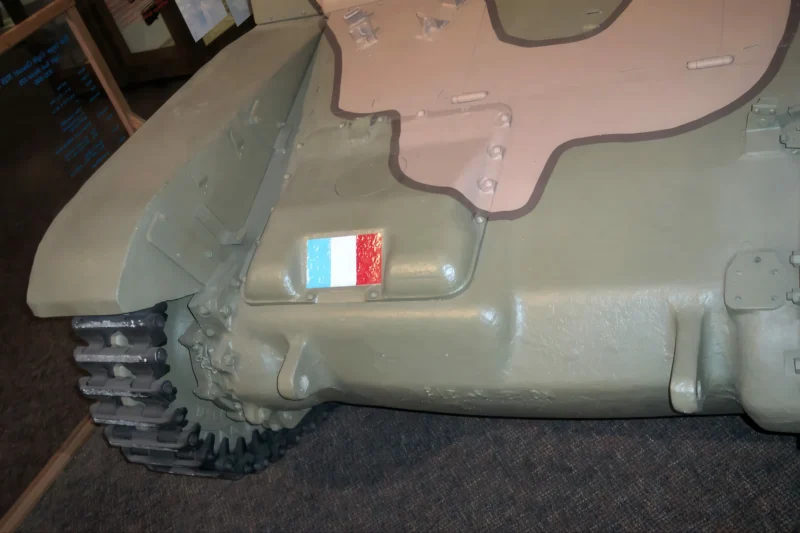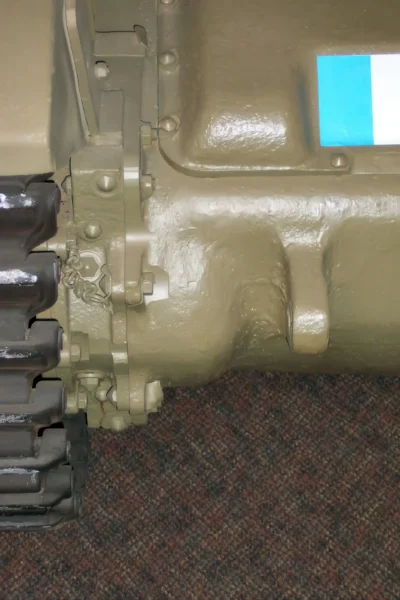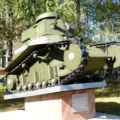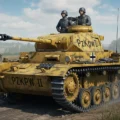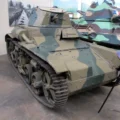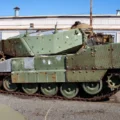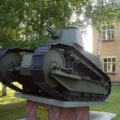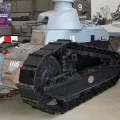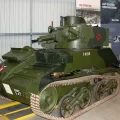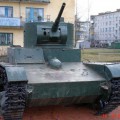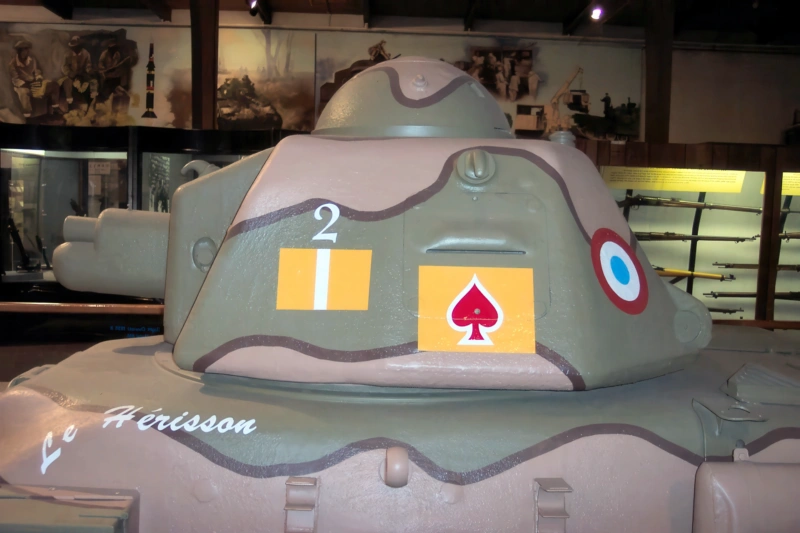
雷诺R35 | |
|---|---|
| 国家 | 法国 |
| 类型 | 轻型步兵坦克 |
坦克雷诺R35的照片库, 雷诺R35, an abbreviation of Char léger Modèle 1935 R or R 35, was a French light infantry tank of the Second World War. Designed from 1933 and produced from 1936, the type was intended as a light infantry support tank, equipping autonomous tank battalions, that would be allocated to individual infantry divisions to assist them in executing offensive operations. To this end it was relatively well-armoured but slow and lacking a good antitank-capacity, fitted with a short 37 mm gun. At the outbreak of the war, the antitank-role was more emphasized leading to the development and eventual production from April 1940 of a subtype with a more powerful longer gun, the Renault R40. It was planned to shift new production capacity to the manufacture of other, faster, types, but due to the defeat of France the R35/40 remained the most numerous French tank of the war, about 1685 vehicles having been produced in June 1940. At that moment it had also been exported to Poland, Romania, Turkey and Yugoslavia. For the remainder of the war Germany and its allies would use captured vehicles, some of them rebuilt into tank destroyers.
源: 维基上的雷诺 R35
| Renault R35 | |
|---|---|
| 摄影师 | Unknow |
| 本地化 | 未知 |
| 照片 | 107 |
| Renault R-35 Walk Around | |
|---|---|
| 摄影师 | Vladimir Yakubov |
| 本地化 | 未知 |
| 照片 | 81 |
| Renault R35 | |
|---|---|
| 摄影师 | Unknow |
| 本地化 | 未知 |
| 照片 | 16 |
另请参阅:
The Renault R35 was a French light infantry-support tank that was one of the most numerous tanks in service with the French army at the start of World War II.
Role and History
- 角色: The R35 was designed as a **light infantry-support tank** to replace the aging World War I-era Renault FT-17. It was intended to be allocated to infantry divisions to assist with offensive operations.
- Production: Approximately 1,630 vehicles were manufactured from 1936 to 1940, making it the most-produced French light tank of the era.
- Service: It was the most common French tank in active service in May-June 1940 during the Battle of France. Its heavy armor was a key asset, but its low speed and under-gunned main weapon were significant drawbacks.
- 变种: The design led to later versions, including the **R39** (fitted with the longer, more powerful SA38 gun) and the **R40** (which featured an improved suspension system). Many captured R35s were later used by the German army (designated as the Panzerkampfwagen 731 R(f)) for training and security duties, and some were converted into tank destroyers (Panzerjäger 35R(f)).
技术规格
| 特征 | 规范 |
|---|---|
| 类型 | Light Infantry Tank |
| 船员 | 2 (Driver and Commander) |
| 重量 | Approximately 10.6 metric tonnes (combat weight) |
| 长度 | 4.02 m |
| 高度 | 2.13 m (approximate) |
| 装甲 | Maximum of 43 mm (cast, bolted hull modules) |
| 主要武器装备 | 37 mm SA 18 gun (early model) or 37 mm SA 38 gun (later/improved model) |
| 次要武器 | 7.5 mm Reibel coaxial machine gun |
| 发动机 | Renault 4-cylinder gasoline engine, approximately 85 hp |
| 最高速度 | 20 km/h on road |
| 工作范围 | 130 – 140 km |
Design and Performance
- 装甲: The R35’s greatest strength was its thick, cast-steel armor (up to 43 mm). This made it largely invulnerable to the standard German 37 mm anti-tank guns at ranges greater than about 300 meters.
- 装备: The original 37 mm SA 18 gun was a low-velocity weapon suitable for firing high-explosive shells against infantry, which was its intended role. However, it had very poor anti-tank performance, struggling to penetrate enemy light armor except at very close range.
- 流动性: It was slow, with a top road speed of only 20 km/h. Its cross-country mobility and trench-crossing ability were also considered poor due to a defective early running gear design, though this was addressed with the later R40 variant.
- Ergonomics: The tank had a serious operational flaw: the single crewmember in the turret had to act as the commander, gunner, and loader, which severely hindered the tank’s rate of fire and overall combat effectiveness.
观点 : 7750
